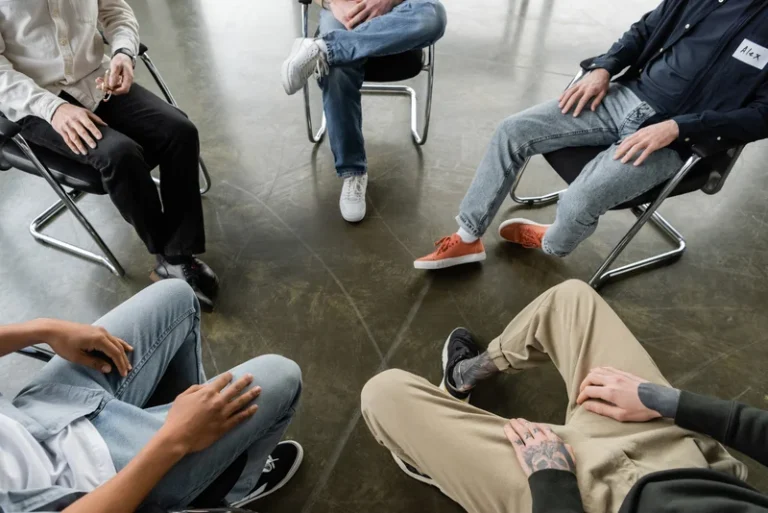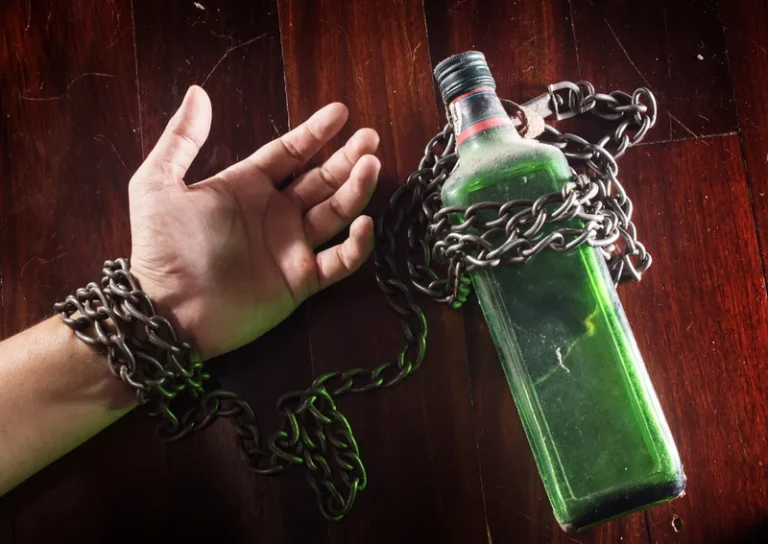
People who take opioids are at risk of opioid use disorder, often called opioid addiction. But it’s impossible to tell who could become dependent and misuse opioids. The misuse of opioids — legal, illegal, stolen or shared — is the reason 90 people die in the U.S. every day on average, according to the American Society of Anesthesiologists. If you are taking opioid addiction symptoms opioids, sadly you are at risk of developing an addiction. Opioid addiction does not discriminate and can affect anyone, no matter their age, gender, race or social class. There are a number of ways opioid addiction can develop, including via a prescription from your doctor or recreational use.
Why do so few people get medications for opioid use disorder?
- Prescription opioids are generally safe to take if you follow your doctor’s instructions.
- Inpatient rehab centers have specialized programs for individuals suffering from this type of substance use disorder.
- Methadone (Dolophine, Methadose) is a long-acting opioid that affects the same parts of your brain as the drug you’re having a problem with, but it doesn’t get you high.
- It’s important to seek help as soon as possible if you think you’re developing a dependence on opioids.
- Withdrawal symptoms typically peak at 24 to 48 hours after they start, but they can last days to weeks.
Withdrawal may be done at home, but it should take place under the guidance of your healthcare provider. Talk to your healthcare provider about your treatment goals, and work with them to make a plan for your discontinuation of opioids. Treatment typically involves medications, counseling, and support. Whether used as prescribed or for nonmedical purposes, cutting back or stopping these drugs after prolonged use can cause withdrawal symptoms such as vomiting and diarrhea, anxiety, and sleep problems. Withdrawal symptoms from opioids can be very uncomfortable but are rarely life-threatening. Buprenorphine is another medication that is approved for the treatment of opioid dependence.
What effect do opioids have on the body?
Treatment may save a life and can help people struggling with opioid use disorder get their lives back on track. Treatment can counteract addiction’s powerful effects on their brain and behavior. The overall goal of treatment is to return people to productive functioning in their family, workplace, and community.
- If you only use opioids for a few days after surgery, you can simply stop taking them once the severity of your pain improves, which usually happens within a few days.
- When they are prescribed, they eliminate a person’s withdrawal symptoms, which may help them stabilize their life.
- Medications can reduce cravings and minimize withdrawal symptoms.
- The correct dose prevents withdrawal symptoms and eases drug cravings.
- When this takes place under medical supervision, it is termed “medically managed withdrawal.”
- Detox programs provide a solid foundation for individuals to pursue further opioid addiction treatment.
Mayo Clinic Minute: When are opioids OK to take?

Learn more about methadone vs Suboxone (buprenorphine with naloxone) for treatment of opiate addiction and withdrawal. The strength of heroin is unpredictable because other drugs, such as fentanyl, are sometimes added to increase volume or enhance potency. Heroin is one of the substances most frequently reported by medical examiners in drug abuse deaths. Other drugs like heroin are illegally produced and distributed, which heightens the risk for overdose. Whether regulated or unregulated, prescription or illicit, all of these drugs have the potential for misuse, dependence and addiction.


People with OUD can use the guide to complete the necessary steps for effective OUD treatment. The Diagnostic and Statistical Manual of Mental Disorders, Fifth Edition, Text Revision (DSM-5-TR) is the handbook mental health and healthcare professionals use to diagnose mental health conditions. People with OUD may try to obtain more medication than prescribed in alternative ways or with illegal or deceptive methods. They may go to healthcare facilities in non-emergency situations to do so or trade medications for opioids with others. An opioid overdose can happen when a person takes too much of an opioid or a combination of opioids and other drugs.

Mental Health Awards

Opioid is the umbrella term for any opioid drug, whether synthetic or from nature. Genetic, psychological and environmental factors also play a role in addiction, which https://ecosoberhouse.com/ can happen quickly or after many years of opioid use. Do you think you have an opioid addiction but don’t know what steps to take next? It can be difficult to know what to do and where to turn for help, but it is important to know that you are not alone. Mild withdrawal can be treated with acetaminophen (Tylenol), aspirin, or nonsteroidal anti-inflammatory drugs (NSAIDs) such as ibuprofen.
Potency, cost and accessibility are all factors that affect the popularity and recreational use of these substances. More recently, an opioid known as Isotonitazene—commonly referred to as “iso”—has been linked to an increase in opioid overdose-related deaths. A synthetic opioid more powerful than fentanyl, iso is actually legal across most of the United States. Like other “designer drugs,” iso has been developed to differ chemically from its outlawed version while still producing similar effects on the brain. Of course, new synthetic opioids will continue to saturate the marketplace, and they pose a constant and deadly risk for opioid addiction, overdose and death, regardless of legality. Both methadone and buprenorphine bind to and activate the same mu-opioid receptors in the brain as do other opioid drugs.
How opiates affect your health
- Stronger antiemetics such as ondansetron or tropisetron are sometimes used when nausea is severe or continuous and disturbing, despite their greater cost.
- Receive free access to exclusive content, a personalized homepage based on your interests, and a weekly newsletter with topics of your choice.
- Behavioral treatments can help you learn how to manage depression or anxiety.
- Narcotics Anonymous (NA), a 12-step support group, provides a sense of community and support for individuals in recovery from opioids and other narcotics.
- Effective treatments for OUD include several medications, counseling, and behavioral therapy.
This can lead you to search for your next fix via illegal means, with many having to satisfy their cravings with heroin – a much cheaper and easier to access opioid. This is sometimes referred to as “protracted abstinence.” It’s important to discuss ongoing symptoms with a healthcare professional. This program is ideal for educating patients and their families, school faculty and staff, behavioral and mental health professionals, and more. When opioid molecules travel through the bloodstream and into the brain, they attach what is alcoholism to opioid receptors on the surface of certain cells.
